Few figures in Irish history command the respect and admiration given to James Connolly, the passionate socialist, trade unionist, and revolutionary whose vision for Ireland went beyond political freedom to embrace economic and social justice.
Born into poverty, Connolly rose to become one of the most influential leaders in Ireland’s fight for independence—leaving a legacy that continues to inspire movements worldwide.

Early Life of James Connolly
James Connolly was born on June 5, 1868, in Edinburgh, Scotland, to Irish immigrant parents who had fled the Great Famine. Growing up in the working-class slums, Connolly experienced firsthand the harsh realities of poverty and inequality. Leaving school at just 11 years old to work as a laborer, his early life shaped his deep commitment to workers’ rights and socialist ideals.
By the age of 14, Connolly enlisted in the British Army—ironically stationed in Ireland—where he witnessed colonial oppression up close. Disillusioned, he deserted after several years, returning to civilian life with a growing passion for political activism and Irish nationalism.

Rise as a Socialist and Trade Union Leader
Connolly’s political awakening led him to become a prominent voice in socialist circles. In 1896, he founded the Irish Socialist Republican Party (ISRP), combining the fight for Irish independence with the demand for economic justice. He argued that political freedom was meaningless without dismantling the systems that exploited workers.
Later, Connolly became deeply involved in trade unionism, joining forces with leaders like Jim Larkin to champion workers’ rights. He played a key role in the Irish Transport and General Workers’ Union (ITGWU) and supported the Dublin Lockout of 1913, one of Ireland’s largest labor disputes. His belief in the power of organized labor made him a central figure in Ireland’s emerging socialist movement.

Connolly and the 1916 Easter Rising
While Connolly fought for workers’ rights, he also recognized that political independence was essential for any real social change. In the lead-up to the 1916 Easter Rising, he aligned with the Irish Republican Brotherhood and became commander of the Irish Citizen Army (ICA), a workers’ militia originally formed to protect strikers during the Dublin Lockout.
On Easter Monday, April 24, 1916, Connolly and his forces seized key positions in Dublin, proclaiming the Irish Republic. Despite his socialist convictions, Connolly worked alongside nationalist leaders like Patrick Pearse, seeing the Rising as a step toward both freedom and social equality.

Capture and Execution
The Rising was crushed within a week by British forces, with heavy civilian casualties. Connolly, severely wounded during the fighting, was arrested along with other leaders. His role as military commander made him a prime target for retribution.
On May 12, 1916, James Connolly was executed by firing squad at Kilmainham Gaol, too injured to stand and tied to a chair before the guns were fired. His death—brutal and widely condemned—turned him into a martyr for Irish independence and further fueled public outrage against British rule.

Political Beliefs and Legacy
Connolly’s ideology fused Irish nationalism with socialist principles, insisting that independence without social reform would betray the working class. He believed in an Ireland free from both British control and capitalist exploitation, famously stating:
“The cause of Ireland is the cause of labor, and the cause of labor is the cause of Ireland.”
Today, Connolly is remembered as:
- A revolutionary leader who gave his life for Irish freedom
- A socialist thinker ahead of his time
- A trade union organizer who fought for workers’ rights
- A national hero whose ideas shaped modern Ireland
Why James Connolly Matters Today
Over a century after his death, Connolly’s vision of economic justice, national self-determination, and workers’ rights remains deeply relevant. His belief that true freedom requires both political independence and social equality continues to inspire activists, trade unionists, and scholars worldwide.
In Ireland, his memory lives on through:
- Monuments and memorials across Dublin and beyond
- Connolly College and numerous labor organizations bearing his name
- Annual commemorations honoring his role in the Easter Rising
Key Facts About James Connolly
- Born: June 5, 1868, Edinburgh, Scotland
- Died: May 12, 1916, Dublin, Ireland
- Notable Roles: Socialist leader, trade unionist, revolutionary, commander of Irish Citizen Army
- Famous Quote: “The cause of Ireland is the cause of labor, and the cause of labor is the cause of Ireland.”

Final Thoughts
James Connolly was more than a revolutionary; he was a visionary who saw freedom and equality as inseparable. His life story blends Irish nationalism, socialism, and labor activism, creating a legacy that transcends the political struggles of his era.
Today, as debates on social justice, workers’ rights, and national identity continue, Connolly’s ideas remain as powerful and relevant as ever—reminding us that the fight for true freedom is both political and economic.


















